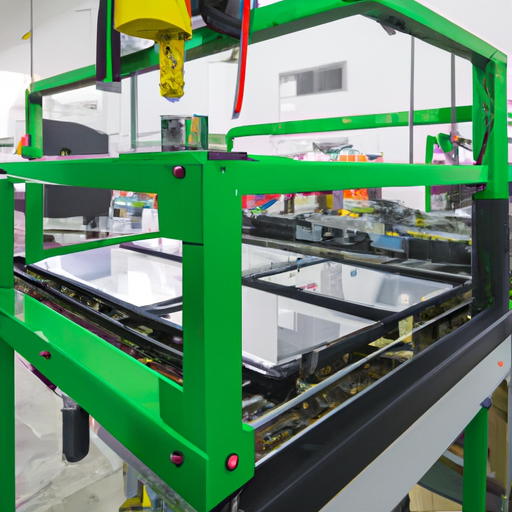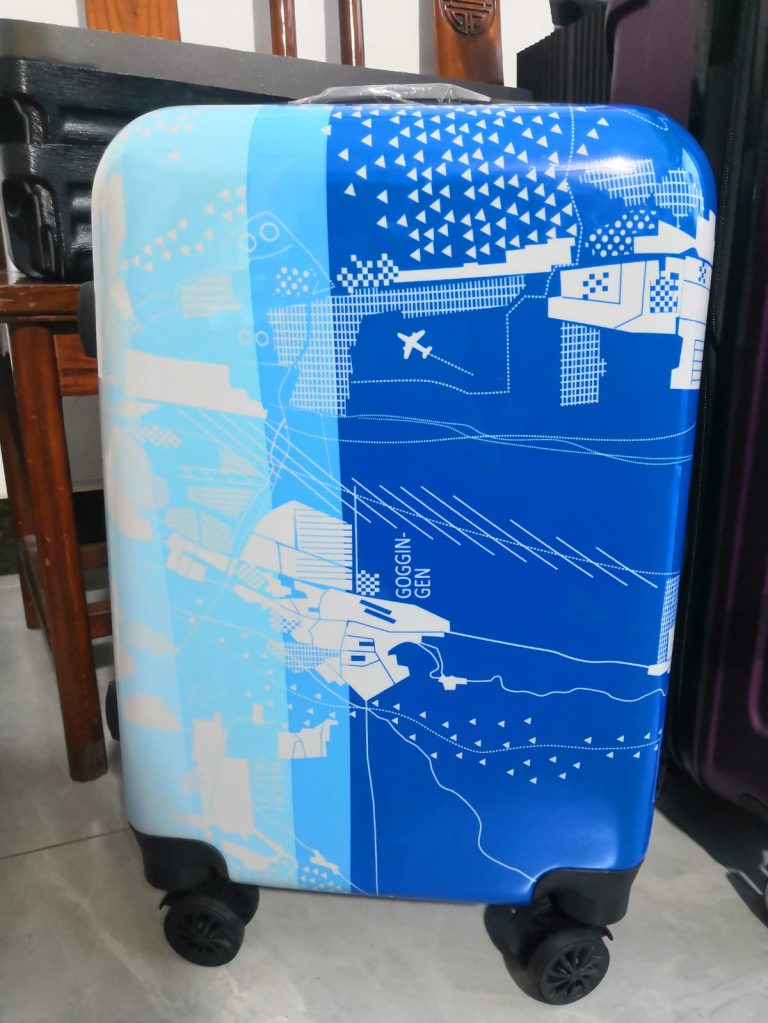Exploring the Benefits of ABS and PC Manufacturing Processes for China Luggage Factories
China is a major player in the global luggage industry, with many factories producing a wide variety of products. As such, it is important for these factories to understand the benefits of different manufacturing processes in order to maximize their efficiency and profitability. Two of the most popular manufacturing processes used in the production of luggage are ABS and PC. In this article, we will explore the advantages of these two processes and how they can benefit China’s luggage factories.
ABS, or acrylonitrile butadiene styrene, is a thermoplastic polymer that is widely used in the production of luggage. It is a lightweight material that is highly durable and resistant to impact, making it an ideal choice for luggage that needs to withstand the rigors of travel. ABS is also relatively inexpensive to produce, making it a cost-effective option for luggage factories. Additionally, ABS is easy to mold and shape, allowing for the production of complex designs.
PC, or polycarbonate, is another popular material used in the production of luggage. It is a strong and durable material that is highly resistant to impact and temperature changes. It is also lightweight and can be easily molded into complex shapes. PC is also more expensive than ABS, but its superior strength and durability make it a worthwhile investment for luggage factories.
Both ABS and PC offer a number of advantages for China’s luggage factories. ABS is a cost-effective material that is lightweight and durable, while PC is a strong and durable material that is more expensive but offers superior strength and durability. Both materials are easy to mold and shape, allowing for the production of complex designs. By understanding the benefits of these two materials, China’s luggage factories can make informed decisions about which material is best suited for their needs.
Analyzing the Cost-Effectiveness of ABS and PC Manufacturing Processes for China Luggage Factories
China’s luggage factories are increasingly turning to advanced manufacturing processes to produce high-quality products. Two of the most popular processes are ABS and PC manufacturing. While both processes offer advantages, it is important to consider the cost-effectiveness of each before making a decision. This article will analyze the cost-effectiveness of ABS and PC manufacturing processes for China’s luggage factories.
ABS manufacturing is a cost-effective process that is often used to produce luggage. ABS stands for Acrylonitrile Butadiene Styrene, a thermoplastic polymer that is lightweight, durable, and resistant to chemicals and heat. It is also relatively inexpensive to produce, making it a popular choice for luggage factories. The process involves melting the ABS pellets and then injecting them into a mold. This process is relatively quick and efficient, making it a cost-effective option for producing luggage.
PC manufacturing is another popular process for producing luggage. PC stands for Polycarbonate, a thermoplastic polymer that is strong, lightweight, and resistant to heat and chemicals. It is also more expensive than ABS, but it offers superior strength and durability. The process involves melting the PC pellets and then injecting them into a mold. This process is more time-consuming and expensive than ABS manufacturing, but it produces a higher-quality product.
When considering the cost-effectiveness of ABS and PC manufacturing processes for China’s luggage factories, it is important to consider the cost of the materials, the time required to complete the process, and the quality of the finished product. ABS manufacturing is generally more cost-effective than PC manufacturing due to its lower material costs and faster production time. However, PC manufacturing produces a higher-quality product that is more durable and resistant to wear and tear.
In conclusion, both ABS and PC manufacturing processes offer advantages for China’s luggage factories. ABS manufacturing is more cost-effective due to its lower material costs and faster production time, while PC manufacturing produces a higher-quality product. Ultimately, the decision of which process to use should be based on the specific needs of the factory and the desired quality of the finished product.





